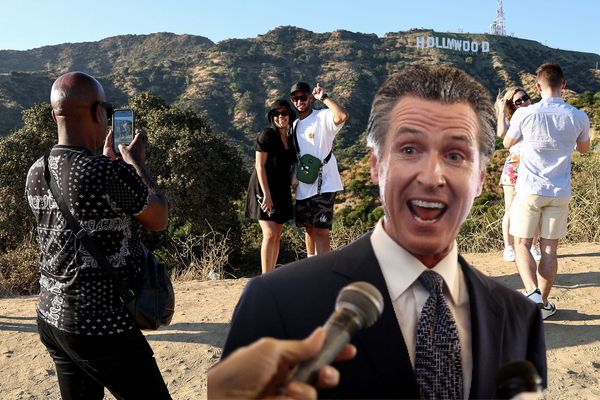
A jury has delivered five not guilty verdicts against Kyle Rittenhouse, 18, following a double homicide trial for the shootings in the aftermath of protests against police brutality in the city of Kenosha, Wisconsin on 25 August 2020.
The rally against injustice that took place that night was organised in solidarity with a local Black man, Jacob Blake, who had been shot and left paralysed by a white police officer two days earlier following a confrontation after his SUV was stopped.
That incident had further inflamed tensions at the height of the Black Lives Matter demonstrations that erupted last summer in cities across America and around the world in response to the police killing of another African American, George Floyd, in Minneapolis, Minnesota, on 25 May.
Mr Rittenhouse was 17 at the time, living with his family in nearby Antioch, Illinois, and had taken part in police cadet training programmes, pronouncing himself a supporter of the pro-police “Blue Lives Matter” movement.
He would subsequently claim he had arrived in Kenosha with a friend to protect a local car dealership from being vandalised by protesters and had armed himself with a semi-automatic AR-15-style assault rifle for that purpose.
"So, people are getting injured, and our job is to protect this business,” he told Daily Caller reporter Richie McGinniss at the scene, explaining his reason for attending.
“Part of my job is also to help people. If there is somebody hurt, I’m running into harm’s way. That’s why I have my rifle, because I have to protect myself, obviously. I also have my med kit.”
The protest in Kenosha had been peaceful during the day but became chaotic as night fell and demonstrators began to clash with law enforcement, with much of the events unfolding recorded on phone cameras and uploaded immediately to social media.
After becoming involved in angry confrontations with several protesters on Sheridan Road amid the melee, much of which was caught on camera, Mr Rittenhouse shot and killed activists Joseph Rosenbaum and Anthony Huber, subsequently claiming he had only opened fire in self-defence when they had tried to disarm him, and wounded another, Gaige Grosskreutz, a paramedic who believed Mr Rittenhouse to be an “active shooter”.
The teenager then walked away from the scene with his hands in the air and the rifle strapped across his chest, allowed to pass unimpeded by police, a point that attracted a fair amount of criticism in the aftermath.
The following day, Mr Rittenhouse turned himself in on charges of first-degree intentional homicide back in his home state of Illinois.
On trial 15 months later, he faced one count of first-degree intentional homicide in Huber’s death, which carried a mandatory life sentence, as well as one count of attempted first-degree intentional homicide for wounding Grosskreutz and one count of first-degree reckless homicide in Rosenbaum’s death.
Both of the latter two charges would have been punishable by up to 60 years in prison.
Mr Rittenhouse was also charged with two counts of first-degree reckless endangerment for firing at an unknown man who tried to kick him in the face and allegedly disregarding the fact that a reporter was standing behind Rosenbaum when he shot him.
A reckless endangerment charge required prosecutors to prove that the accused put someone in harm’s way with an utter disregard for life.
That charge carried a maximum 12-year prison sentence.
Judge Bruce Schroeder dismissed a misdemeanor count of being a minor in possession of a firearm, which is punishable by up to nine months behind bars.
Mr Rittenhouse pleaded not guilty to all charges against him.On 19 November a jury found him not guilty on all five charges.
Additional reporting by agencies







